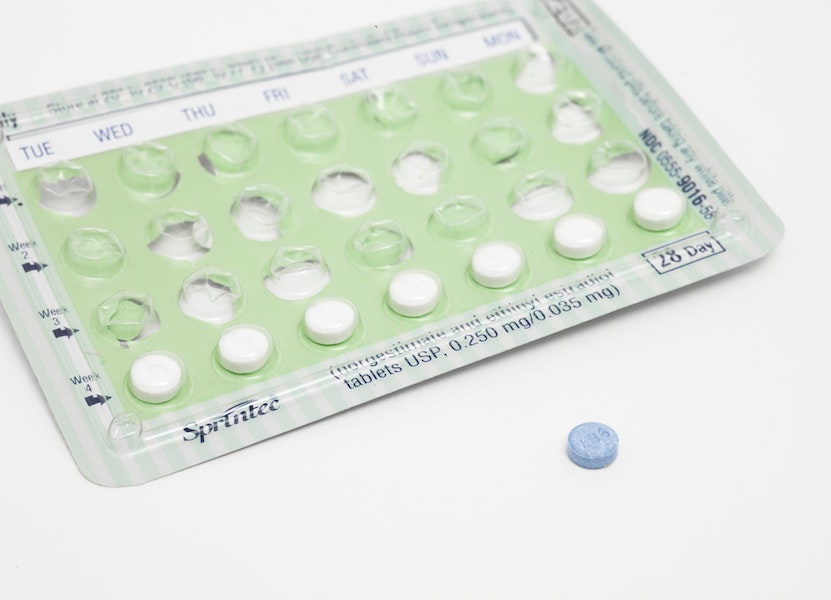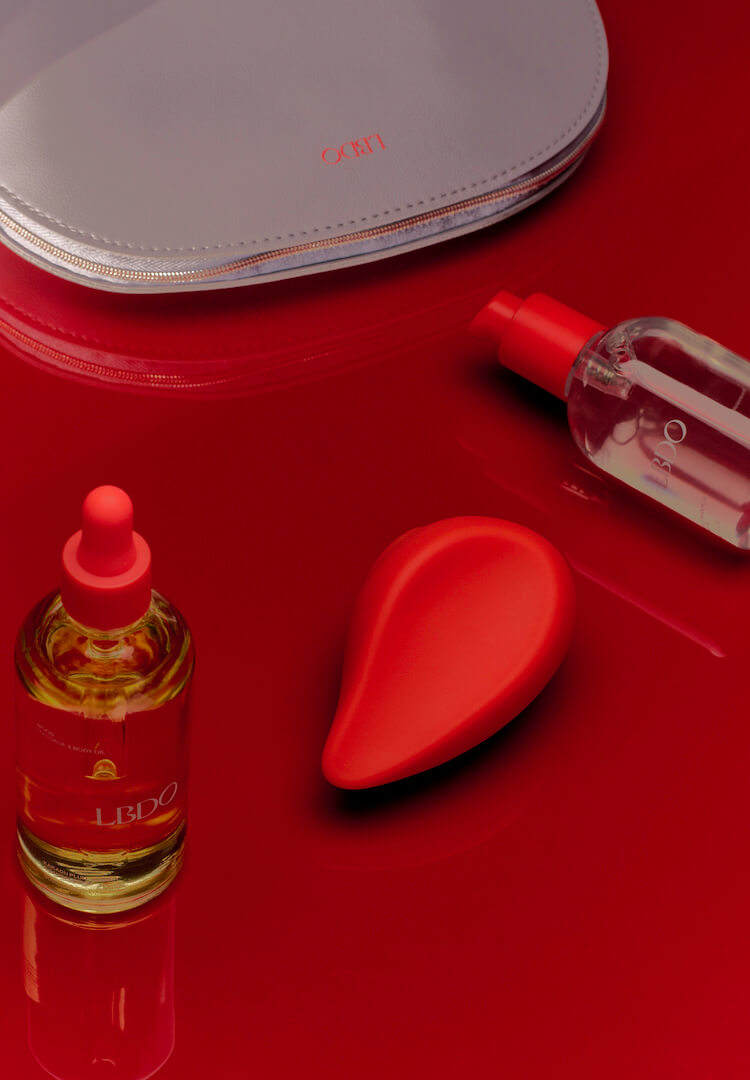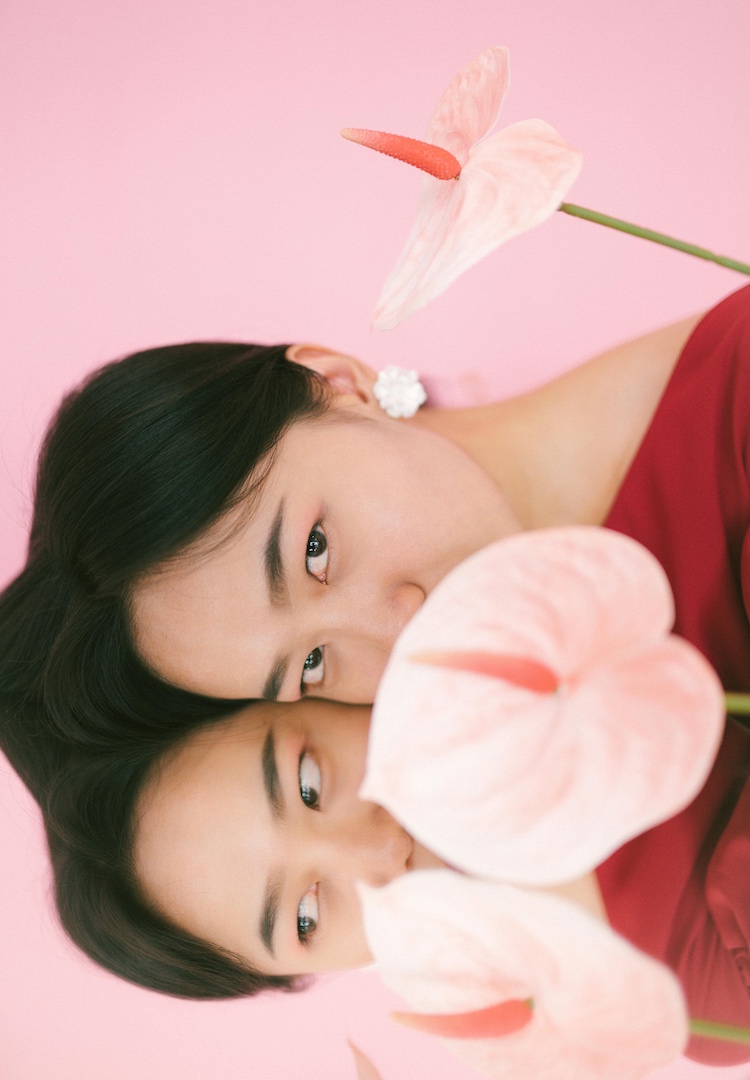Cervical ectropion is a side effect of the pill I can live with
WORDS BY CARRIE VAN RENSBURG
Sometimes the pill can do more good than bad.
The power to choose when I’d have children was never a power I questioned. Control over my reproductive freedom. This right was pledged by countries that signed the Convention on the Elimination of All Forms of Discrimination Against Women (CEDAW) in 1979.
It’s been over 40 years since the international treaty was adopted by the United Nations General Assembly and to uphold this social concept of reproductive freedom, many forms of contraception have been developed. However, the history of the contraceptive pill is one burdened by eugenics and deceit. One of the most influential figures in the development of the birth control pill was Margaret Sanger who was known to support eugenics.
Interested in women’s health? Find more in our Life vertical.
Eugenics is a racially biased theory that aims to study how populations with ‘undesirable’ characteristics could be controlled through breeding. Trials of the birth control pill were unethically conducted on poor Puerto Rican women who were not informed that the pill was still in the experimental phase and as a result, many of these women experienced serious side effects. Three women died during the clinical trials. Further trials were then conducted on women in mental asylums without consent.
This pill, founded by the decision to withhold informed choice, has afforded me the freedom of reproductive choice. Going forward, I want to acknowledge the women who came before me. The women who valued reproductive freedom and were so desperate to avoid pregnancy and sterilisation that they’d try this foreign medication.
Since then, plenty of other types of contraception have been developed and improved, however, having experienced hormonal acne at a young age my doctor recommended the birth control pill – Brenda-35 ED to be exact. This type of birth control pill contains both progesterone and an oestrogen hormone.
I was on the pill for five years, and it worked for me. My period cycle became regular. My hormonal acne went away. I didn’t have to worry about pregnancy. It cost about $16 for three months’ worth of medication. It defined freedom for me.
Then at the age of 19, I started following some holistic health bloggers. All of them seemed to demonise the birth control pill as this unnatural medication that causes a neverending list of side effects. While I personally hadn’t really experienced any side effects from my prescribed pill, I thought I’d give this ‘natural’ thing a go. So, I stopped taking the contraceptive pill.
The first three months went well, I even felt a bit empowered by my choice, however, as the fourth month hit so too did the acne and amenorrhea. I didn’t menstruate for seven months. I decided to see a naturopath as that’s what all these bloggers recommended. I was prescribed a herb tonic that would cost $40 for two weeks’ worth. As a student, this was completely out of my price range. Still, I drank my herbs and tried to focus on stressing less. It didn’t work.
At this point, I wasn’t sure what to do. My confidence absolutely plummeted as my acne got worse. I had never felt so at war with my body. I booked myself in to see a gynaecologist who ran some blood tests and gave me a referral to get an ultrasound. She finally diagnosed me with polycystic ovarian syndrome (PCOS), a condition that affects a women’s hormone levels. This explained my abnormal menstruation cycle and acne.
The gynaecologist informed me that, due to a lack of research, currently the best way to treat these symptoms was with the birth control pill. We had a reassuring conversation where I expressed all my concerns about the use of the pill. The doctor kindly dispelled many of the myths associated with it, one being that it can cause infertility, and even showed me the studies which suggested that the pill has been linked to a reduced likelihood of cervical cancer. I realised that the pill gave me more than it took away.
Now, as I live in the real world, this story does not end all neatly tied up. In fact, a year after being back on the pill I started bleeding occasionally during sex. I went to see my general practitioner who screened for STIs and cervical cancer. She identified that I had a cervical ectropion, a condition where the soft cells lining your cervical canal spread to the outer surface of your cervix. It was caused by excess oestrogen in my body due to my contraceptive pill.
This was a side effect of the pill I had never heard of, however, as I talked to my doctor more about it, I understood it wasn’t really something that needed to be treated. For me, treating my PCOS with the birth control pill was far more beneficial than treating cervical ectropion by going off the birth control pill.
But I also need to recognise those who do experience harsh side effects of the pill. Speaking to my friends who have been deeply affected by these effects was a strong reminder that choosing one’s contraception is a personal journey. It highlights the importance of having access to various contraceptive options as well as having a medical professional go through those options with you to provide the correct information.
Defining for yourself what your sexual and reproductive health looks like is one of the most empowering things you can do. Reproductive freedom is a right I will defend and exercise for my entire life. I look forward to a future where there is a more proportionate amount of ethical research dedicated to reproductive health issues that affect people with a uterus.
Disclaimer: All opinions expressed in this article are of the authors. Please talk to your medical practitioner to determine what type of contraception is right for you. For more information on the side effects of the pill, head here.













